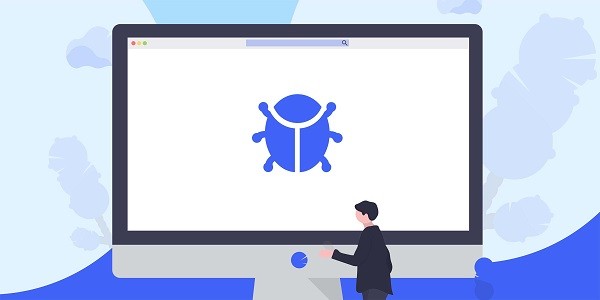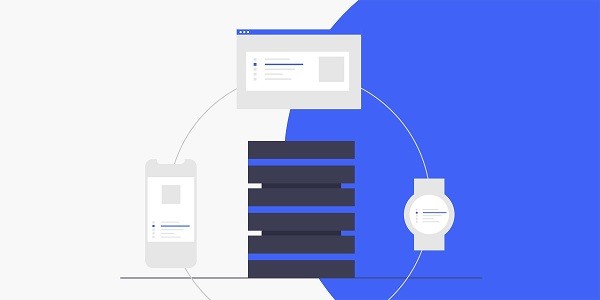What is extratorrent and how does it relate to proxy IP?Extratorrent refers to a technical framework that implements resource sharing through distributed network protocols. Its core logic is to bypass the restrictions of centralized servers and directly establish data transmission channels between users. Although this model improves the efficiency of resource circulation, it also poses a risk of privacy leakage due to the lack of regulatory nodes. In this scenario, proxy IP provides users with anonymous access by hiding the real network address, becoming a key tool for balancing efficiency and privacy. IP2world's dynamic residential proxy and S5 proxy products are solutions designed for such needs. How does extratorrent challenge traditional network architecture?Traditional networks rely on centralized servers to manage traffic, while extratorrent technologies reconstruct data transmission paths through peer-to-peer connections. This decentralized model reduces server load pressure, but also makes user IP addresses more easily exposed. Since the interactions between nodes lack encryption protection, attackers can use middlemen to intercept communication content and even locate user geographic locations. At this time, static ISP proxies or exclusive data center proxies can build an isolation layer for users through fixed IP pools and high anonymity protocols to resist such threats. What technical bottlenecks does online privacy protection face?In the extratorrent framework, users are both resource providers and receivers, and the dual roles double the risk of privacy leakage. For example, although the distributed hash table (DHT) accelerates node discovery, it may broadcast user IP information to the entire network; if the metadata of the seed file is not desensitized, it may contain sensitive data such as device fingerprints. To address these issues, dynamic residential proxies effectively cut off the association between behavioral tracks and real identities by constantly rotating IP addresses, while S5 proxies use multi-layer encryption protocols to ensure that data transmission is concealed throughout the process. How does proxy IP optimize the user experience of extratorrent?The value of proxy IP is not limited to privacy protection, it also significantly improves network performance. For example, exclusive data center proxies can provide low-latency, high-bandwidth dedicated lines to avoid download interruptions caused by congestion in public nodes; unlimited servers support large-scale concurrent requests, which is suitable for scenarios that require continuous access to resources. In addition, static ISP proxies can bypass the access restrictions of some platforms for frequently changing IPs by binding fixed IPs, thereby enhancing operational stability. As a professional proxy IP service provider, IP2world provides a variety of high-quality proxy IP products, including unlimited servers, static ISP proxies, exclusive data center proxies, S5 proxies and dynamic residential proxies, suitable for a variety of application scenarios. If you are looking for a reliable proxy IP service, welcome to visit the IP2world official website for more details.
2025-05-14





